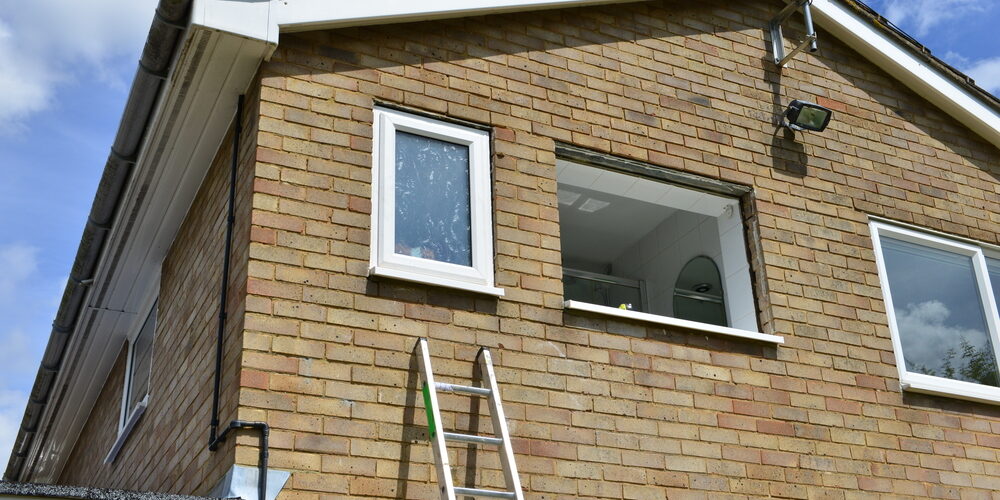Determining whether a house window is tinted can be done through several methods…
- Visual Inspection – Look closely at the window from both the inside and outside. Tinted windows typically have a slightly darker appearance compared to untinted windows. You may notice a subtle tint or hue to the glass.
- Reflection Test – Stand outside and observe how much light reflects off the window. Tinted windows tend to reflect less light compared to untinted windows. If the window appears to have a lower reflectivity, it could be tinted.
- Scratch Test – Gently scratch the surface of the window with your fingernail. Tinted windows often have a thin film applied to the glass. If you can feel a scratch on the surface of the window, it likely doesn’t have tinting. However, this method may damage the window if done improperly, so it’s not recommended.
- Ask the Homeowner or Check Documentation – If you’re unsure, you can ask the homeowner if the windows are tinted. Check any documentation related to the house, such as records from the installation or renovation of the windows, which may indicate whether tinting was applied.
- Use a Tint Meter – Tint meters are devices designed to measure the amount of light transmission through a window. If you have access to a tint meter, you can use it to determine the level of tinting on the window. However, this method may not be practical for most homeowners.
A combination of visual inspection and asking the homeowner or checking documentation is usually sufficient to determine if a house window is tinted.






